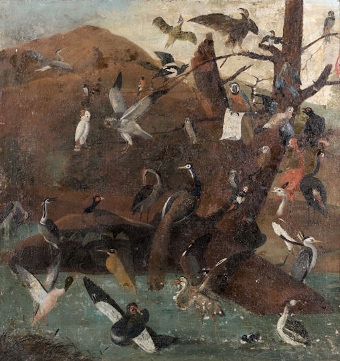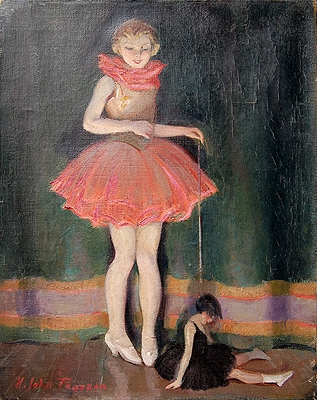featured item
professor alexander crum brown, (1838?1922)
- View other items in:
- antiques interior design modern and vintage
- other interior design
artware ltd
Enquire about this antique
Artware Ltd has 565 antiques for sale.
click here to see them all
Alexander Crum Brown, (1838?1922), chemist, was born in Edinburgh on 26 March 1838, the only son of a United Presbyterian minister, John Brown (1784?1858), and his second wife, Margaret Fisher Crum (d. 1841), sister of the chemist Walter Crum FRS (1796?1867) and a descendant of Ebenezer Erskine. His half-brother, John Brown MD (1810?1882), was famed as an author; their grandfather was John Brown of Whitburn (1754?1832), and their great-grandfather was John Brown of Haddington. Crum Brown, as he was generally known, spent five years at the Royal High School, Edinburgh, then went to Mill Hill School, Middlesex. He entered the University of Edinburgh in 1854 to study arts, but changed to medicine, and was a gold medallist in chemistry and natural philosophy. He graduated MA in 1858 and MD in 1861. He simultaneously studied science at London University where he gained his DSc in 1862. In the following year he went to Germany to study chemistry, under Bunsen at Heidelberg and Kolbe at Marburg. He returned to Edinburgh to teach medical students, as extramural lecturer in chemistry in 1863 and professor from 1869 to his retirement in 1908. He obtained his FRCP (Edinburgh) in 1865. In 1866 he married Jane Bailie (d. 1910), daughter of the Revd James Porter of Drumlee, co. Down. There were no children.
Antiques.co.uk Ref: D4GY2DQ6
- Materials:
- Oil on Canvas
- Width (cm):
- 49.00 x 37.00 (cm) 19.29 x 14.57 (ins)
Artware Ltd
Artware Fine Art specialises in fine antique, decorative and historical portraits and topographical pictures . We cover a period from the 17th and 18th centuries through to the 19th & 20th Centuries. We have over 150 portraits in stock, which can be viewed on our web site, each historical portrait has well researched biographical information both on the sitter and the artist.
Contact details
18 La gare
51 Surrey row
London
Greater London
SE1 0BZ
UNITED KINGDOM
T: 0207 921 97904
E: greg@artwarefineart.com
W: www.artwarefineart.com














